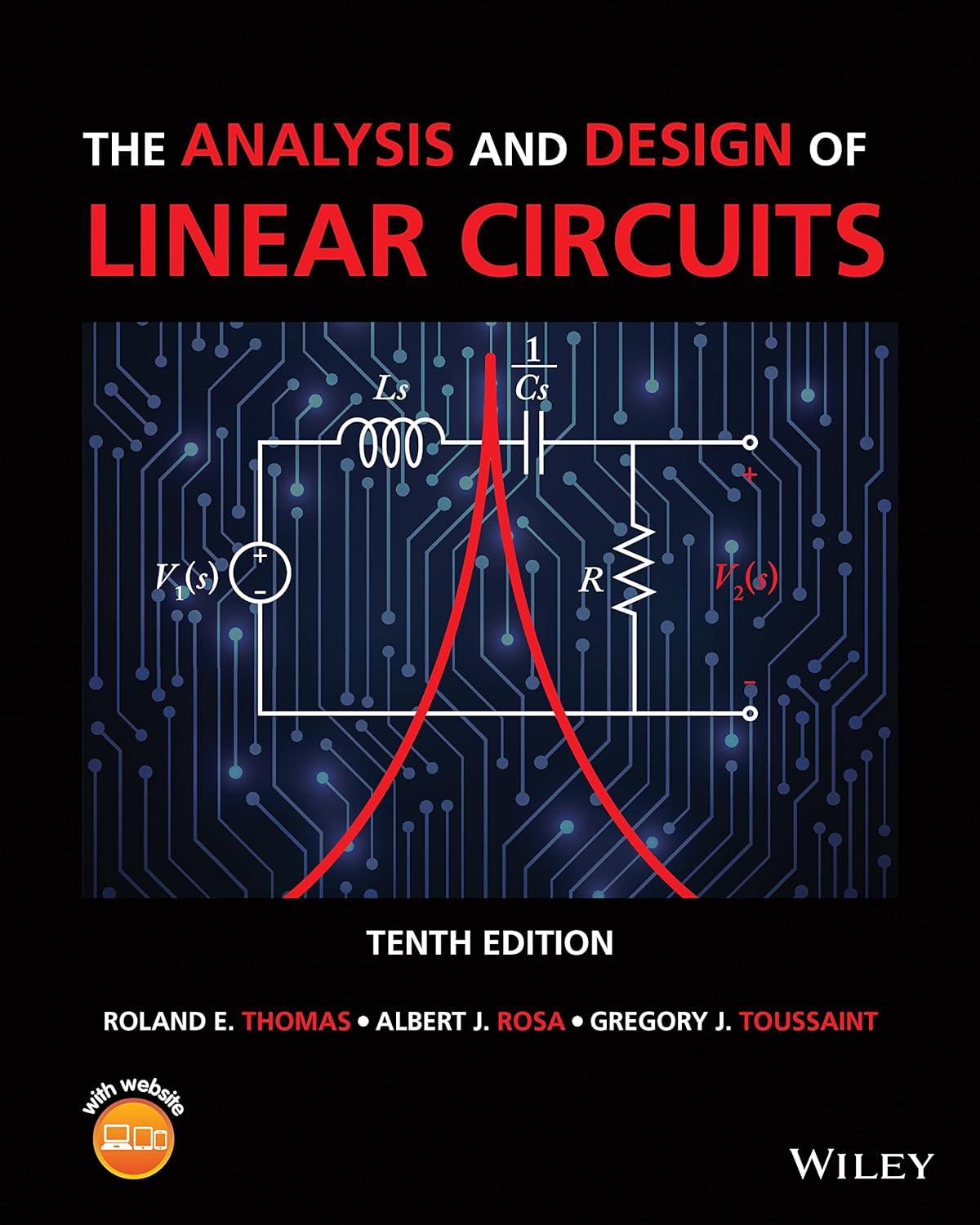In this problem, we wish to understand the behavior of a singlepole on the real axis. Consider
Question:
In this problem, we wish to understand the behavior of a singlepole on the real axis. Consider the simple \(R C\) circuit shown in Figure P9=57. The only energy in the circuit is an initial voltage \(V_{\mathrm{A}}\) stored on the capacitor. At \(t=0\), the switch closes.
(a) Write a differential equation for the capacitor voltage \(v\) c \((t)\).
(b) Transform the equation into the frequency domain, and solve for \(V_{\mathrm{C}}(s)\).
(c) Solve for \(v_{\mathrm{C}}(t)\).
(d) Keeping \(C\) constant, vary \(R\) from \(\infty \Omega\) to \(0 \Omega\) and describe both the location of the pole as \(R\) is varied and what the time domain response \(v_{\mathrm{C}}(t)\) would look like. Be especially careful to explain what happens at the extreme end points for \(R\).
(e) Suppose it was possible to make the resistor negative (possible with active circuits), what would happen to the pole and the time response?
Step by Step Answer:

The Analysis And Design Of Linear Circuits
ISBN: 9781119913023
10th Edition
Authors: Roland E. Thomas, Albert J. Rosa, Gregory J. Toussaint





